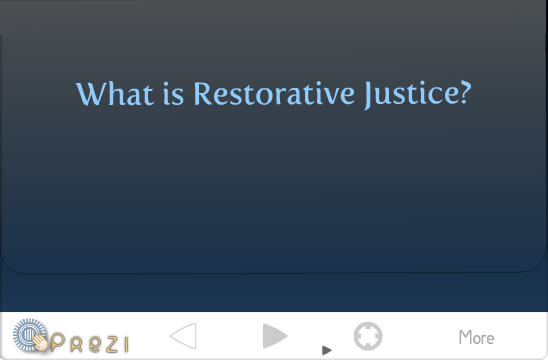This book comprises a selection of extracts from important and influential contributions to the restorative justice literature and its emergent philosophy, accompanying these with an informative commentary providing context and explanation where necessary. The book includes contributions of well-known proponents of restorative justice, as well as works by some of the key critics of the restorative justice movement, along with work from a number of writers not directly involved in either advocacy or critique of restorative justice, but whose work is crucial to an understanding of it. The book is organised into five main sections: the concept of restorative justice, historical, anthropological and theological roots of restorative justice, the goals restoring victims and offenders and preventing crime, the restorative process, and critical perspectives.
The book provides a unique sourcebook, bringing together writings from a wide range of often inaccessible sources; essential reading both for students taking courses in criminal justice/restorative justice as well as practitioners involved in the administration of criminal justice who need an understanding of what restorative justice is about and how it has developed.
Source: Vanspauwen, K., Robert, L., Aertsen, I., Parmentier, S. (2003), Restorative Justice and Restorative Detention. A selected and annotated bibliography. Katholieke Universiteit Leuven, Faculteit Rechtsgeleerdheid, Onderzoeksgroep Penologie en Victimologie.








No comments